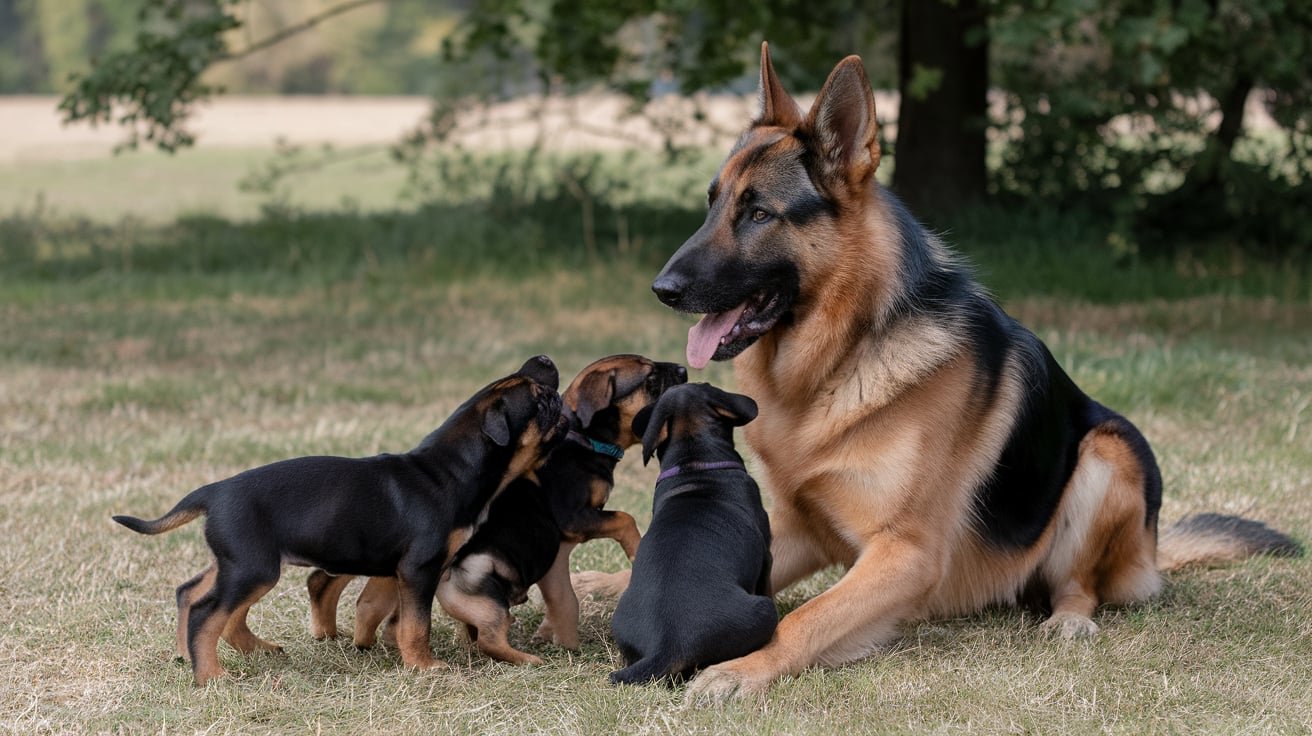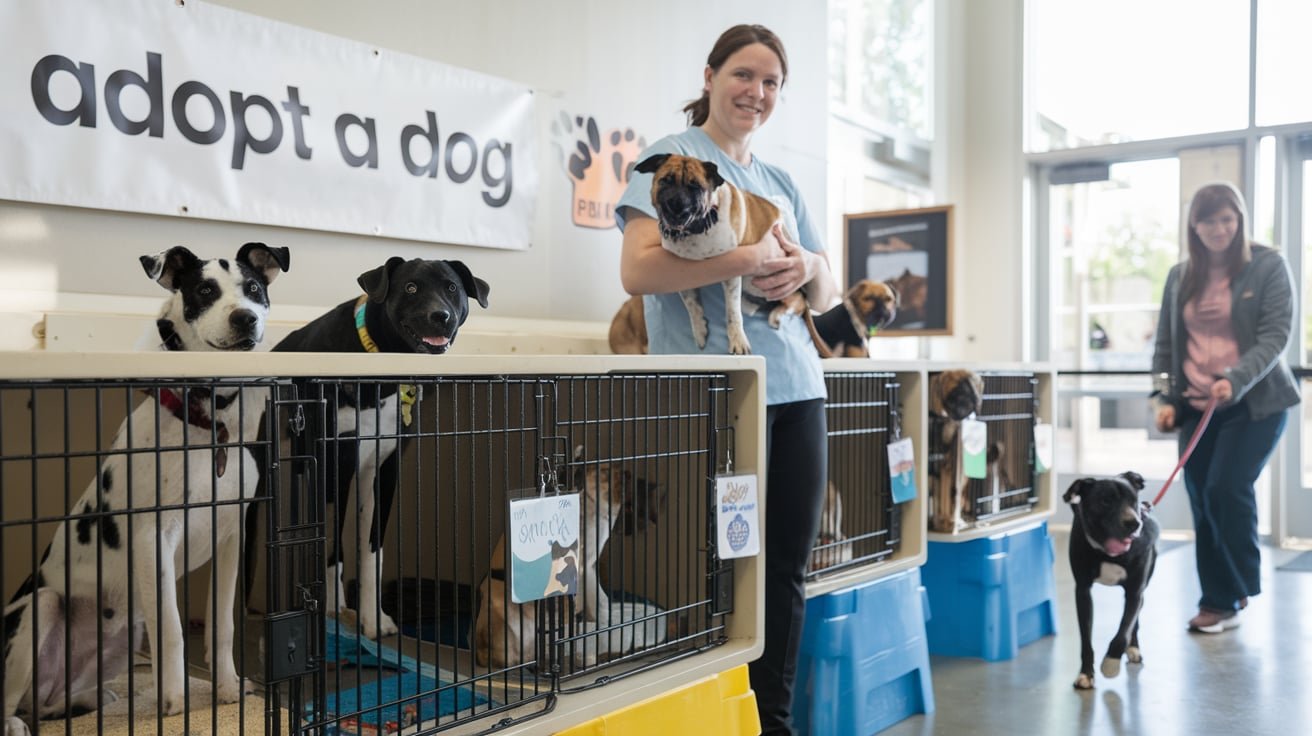Introduction
Bringing a dog into your life is one of the most rewarding decisions, but let’s be real: it also comes with responsibilities, especially training. Whether you’re a first-time dog owner or an experienced pet parent, what is the easiest dog breed to train can make a huge difference. Finding a breed that is easy to train will enhance your experience and strengthen the bond between you and your furry companion.
In this guide, we’ll cover the characteristics of some of the most trainable breeds, factors to consider, and even some helpful tips for training success. If you’re in the UK and wondering which breeds make training a breeze, read on for everything you need to know!
Why Are Some Dog Breeds Easier to Train Than Others?
Certain breeds are known for their intelligence, eagerness to please, and responsiveness to commands. These traits make training smoother and more enjoyable. For example, working dogs, like Border Collies and Labradors, are often easier to train because they were bred to follow instructions and perform tasks.
Anecdote: “When I first got my Labrador, Molly, I was surprised by how quickly she picked up commands. By her third day at home, she knew ‘sit’ and ‘stay,’ which really boosted my confidence as a first-time dog owner.”
Traits That Make a Dog Breed Easy to Train
Here are some key characteristics of breeds that tend to be easier to train:
- Intelligence – These dogs can learn commands quickly and retain them over time.
- Eagerness to Please – Dogs that are naturally social and want to make their owners happy tend to respond well to training.
- Calm and Focused Nature – Breeds that stay focused make training sessions more productive.
- Moderate Energy Levels – Dogs with a balance of energy and calmness are often easiest to train because they stay engaged without being overly excited.
Top Dog Breeds That Are Easiest to Train
1. Border Collie
People famously recognize Border Collies for their intelligence; indeed, they rank among the smartest dog breeds.Originally bred for herding sheep, Border Collies are not only hard-working but also focused, which makes them a joy to train. Furthermore, they are known to pick up commands in just a few repetitions
Tip: Border Collies thrive on mental stimulation, so introduce interactive toys and advanced tricks to keep them engaged.
2. Labrador Retriever
One of the UK’s favourite breeds, the Labrador Retriever is friendly, loyal, and highly trainable. Labs are often used as guide dogs and in therapy roles because of their reliability and gentle nature.
Anecdote: “My friend has a Labrador named Charlie who learned to retrieve the newspaper in a week. His love for rewards made him a quick learner.”
3. Golden Retriever
Similar to Labradors, Golden Retrievers are sweet-natured and intelligent. Their calm temperament and eagerness to please make them excellent family dogs and one of the easiest breeds to train. They’re great with both adults and children, making them a perfect choice for UK families.
Tip: Goldens respond especially well to positive reinforcement, so use treats and praise liberally when training.
4. Poodle (Standard and Miniature)
Poodles are often underappreciated for their intelligence and versatility. Poodles, especially the standard and miniature varieties, are among the top dogs for agility, obedience, and even advanced tricks. Their sharp minds and focus make training sessions fun and effective.
5. German Shepherd
Many dog trainers widely recognize the German Shepherd as a highly trainable working dog. Moreover, they are often used in police and military roles, which highlights their reliability. Additionally, German Shepherds are brave, loyal, and responsive to commands, making them excellent companions. As a result, they form strong bonds with their owners, which makes training smooth and effective.
Anecdote: “A neighbour’s German Shepherd, Bella, was trained to open doors on command. Her quick learning amazed everyone in the area!”
6. Cocker Spaniel
Cocker Spaniels are not only affectionate but also eager to please, which makes them highly trainable. Additionally, they were originally bred as hunting dogs, so Cockers have a natural instinct to follow instructions and are therefore very responsive to training.
Tip: Consistency is key with Cocker Spaniels, as they thrive with routines and clear commands.
7. Papillon
For those looking for a smaller breed, the Papillon is, therefore, an excellent choice. Additionally, this toy breed is highly alert, agile, and easy to train, which makes it particularly ideal for those in urban settings or with limited space. Furthermore, trainers recognize Papillons for their intelligence and responsiveness, making them one of the easiest small breeds to train.
Factors to Consider When Choosing an Easy-to-Train Dog Breed
Training isn’t just about the breed. It’s essential to consider factors like your own lifestyle, available time, and commitment to training.
- Exercise Needs
Active breeds like Border Collies need physical and mental stimulation to stay engaged. Ensure you provide daily exercise to keep your dog happy and well-behaved. - Temperament and Size
If you have a young family or other pets, opt for breeds known for their friendliness and adaptability, like Labradors or Golden Retrievers. - Training Approach
Some dogs, like Poodles and German Shepherds, respond best to structured training, while others may prefer a more relaxed approach. Understanding your dog’s unique personality is essential.
Step-by-Step Guide to Training Your Dog
Here’s a simple guide to help you train your dog, whether they’re a Labrador, Border Collie, or even a Papillon.
- Start with Basic Commands
Begin with simple commands like “sit,” “stay,” and “come.” These form the foundation of obedience training. Use treats and praise to reinforce positive behaviour. - Use Positive Reinforcement
Reward-based training is key to encouraging good behaviour. Be generous with treats, praise, or toys when they get it right. - Keep Sessions Short and Consistent
Dogs have short attention spans, so keep training sessions between 5-10 minutes. Consistency is crucial, so train daily. - Gradually Introduce More Complex Commands
Once your dog has mastered the basics, you can introduce more advanced commands like “fetch,” “heel,” or even agility tricks. - Be Patient and Adaptable
Every dog learns at their own pace. If something isn’t working, adjust your methods or try a new approach. Patience is key to successful training.
The Benefits of Choosing an Easy-to-Train Dog Breed
Choosing a breed that’s easy to train can make dog ownership more enjoyable. Easy-to-train dogs are often:
- More Obedient – They follow commands and adapt well to family life.
- Better Behaved – With proper training, these dogs are less likely to develop behavioural issues.
- Great Companions – They understand boundaries and routines, making them well-suited to households with children.
Conclusion
Finding the easiest dog breed to train can make a world of difference, especially if you’re a first-time dog owner. Whether you choose a Labrador, Golden Retriever, Border Collie, or another highly trainable breed, remember that a positive approach, patience, and consistency are key.
Dog training is an investment that pays off in a well-behaved, happy companion. With these breeds, you’re well on your way to enjoying a smooth, rewarding dog-training experience.



